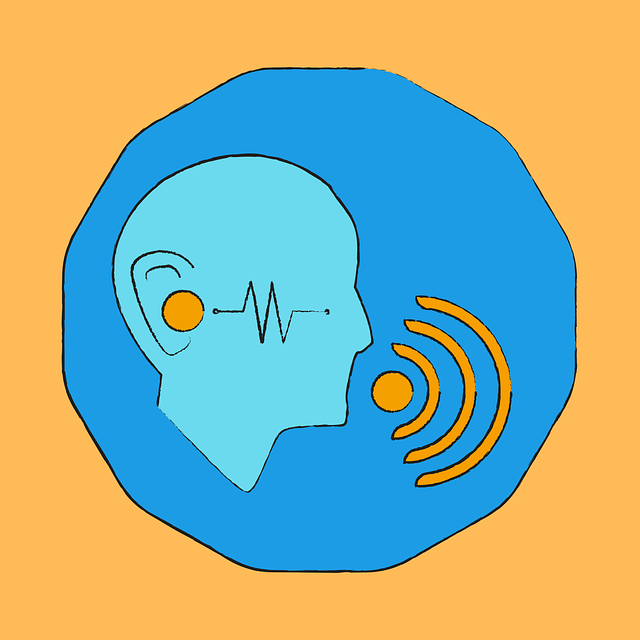Every May, organizations all over the country join the American Speech-Hearing Association
(ASHA) to promote Better Hearing and Speech Month (BHSM). BHSM’s purpose is to help
increase awareness of communication disorders and available treatment options.
● Nearly 1 in 12 (7.7 percent) U.S. children ages 3-17 has had a disorder related to voice,
speech, language, or swallowing in the past 12 months.
● The prevalence of voice, speech, language, or swallowing disorders is highest among
children ages 3-6 (11.0 percent), compared to children ages 7-10 (9.3 percent), and
children ages 11-17 (4.9 percent).1
● By the first grade, roughly 5% of children have noticeable speech disorders.2
● More than 3 million Americans stutter.2
● 6–8 million Americans have some form of language impairment.2
Sources:
1 National Institute on Deafness and Other Communication Disorders (NIDCD)
2 American Speech-Hearing Association
Here are some general speech and language milestones to keep in mind :
By age 6 months: Looks or turns toward sounds, Vocalizes back when talked to, Babbles
By age 1: Understands common words, Follows simple commands and uses 1-2 words
By age 18 mos: Points to body parts, Follows 1-step directions, Says at least 15-20 words
By age 2: Points to pictures, Vocabulary of at least 50 words, Uses 2-word phrases
By age 3: Follows 2-step commands, Answers simple Wh- questions, Uses 3-4 word sentences
You can learn more about the stages of speech and language acquisition through the
infographic below, created by Maryville University. If you have concerns about your child’s
communication development, contact a licensed Speech-Language Pathologist to schedule an
evaluation. Wee Speech, P.C. provides comprehensive speech-language evaluations as well
as offering a free 15 minute consultation to discuss your concerns for your child's speech and
language development.
What Every Parent Should Know About Language Acquisition Milestones and Speech Disorders
Get a Free Online Assessment
Looking for an expert opinion on your child's needs? Fill out a 3 minute questionnaire and receive a personal evaluation from our staff




